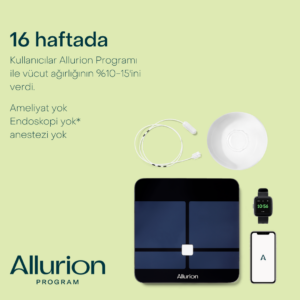Haemorrhoids, or haemorrhoids as they are popularly known, are actually normal structural elements located at the exit of the large intestine. The deterioration of the normal structure of these structures, which have functional functions in healthy defecation, gas-absorption, is called haemorrhoidal disease (HH). HH is more common in people who suffer from constipation, have difficult and hard defecation, have frequent diarrhoea, stay in the toilet for a long time, have a poor and unbalanced diet in terms of fibre, drink insufficient water, live sedentary, lift heavy loads, work sitting or standing for a long time, have diseases that increase intra-abdominal pressure (such as pregnancy, portal hypertension). is seen. There are conditions that can be confused with HH, including malignant diseases.
Therefore, in case of complaints such as blood coming from the anus, swelling of haemorrhoidal pads, wetness in the anus, discharge from the anus, pain in the anus, a general surgical examination is absolutely necessary. Approximately half of the patients with HH are effectively treated with lifestyle changes and drug combinations. In case of no response to treatment, treatment is provided by non-surgical methods such as Band Ligation, Hemorrhoid Radiofrequency / Laser Ablation and surgical removal of haemorrhoids when necessary.
However, the treatment requirements of each patient are different from each other. The examination, examinations and follow-up process are indispensable elements for treatment management and decision-making.



Comment: